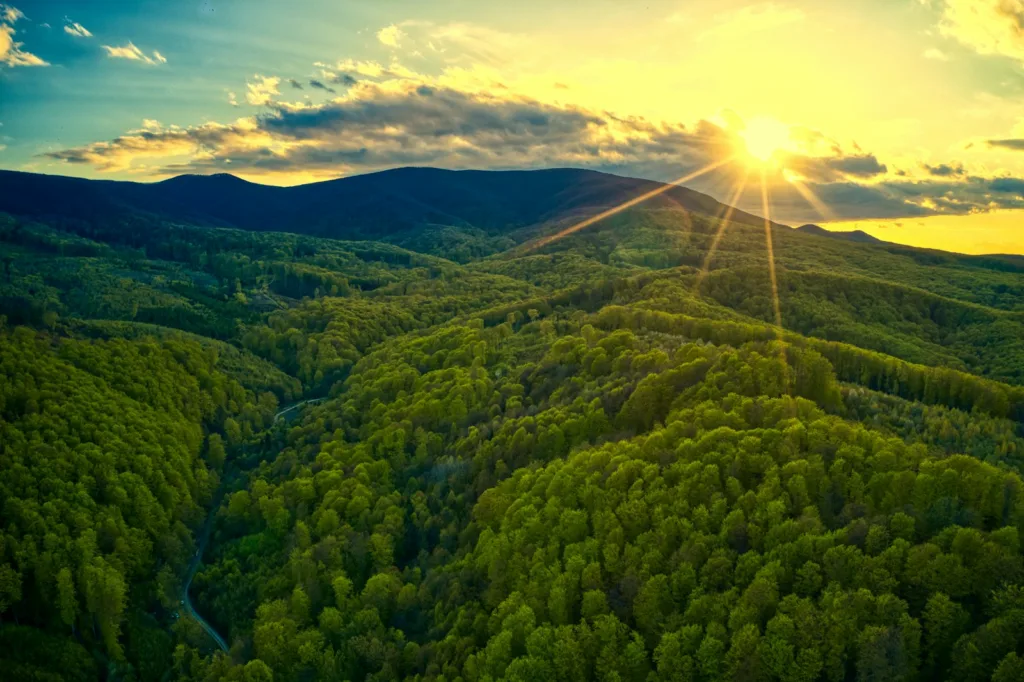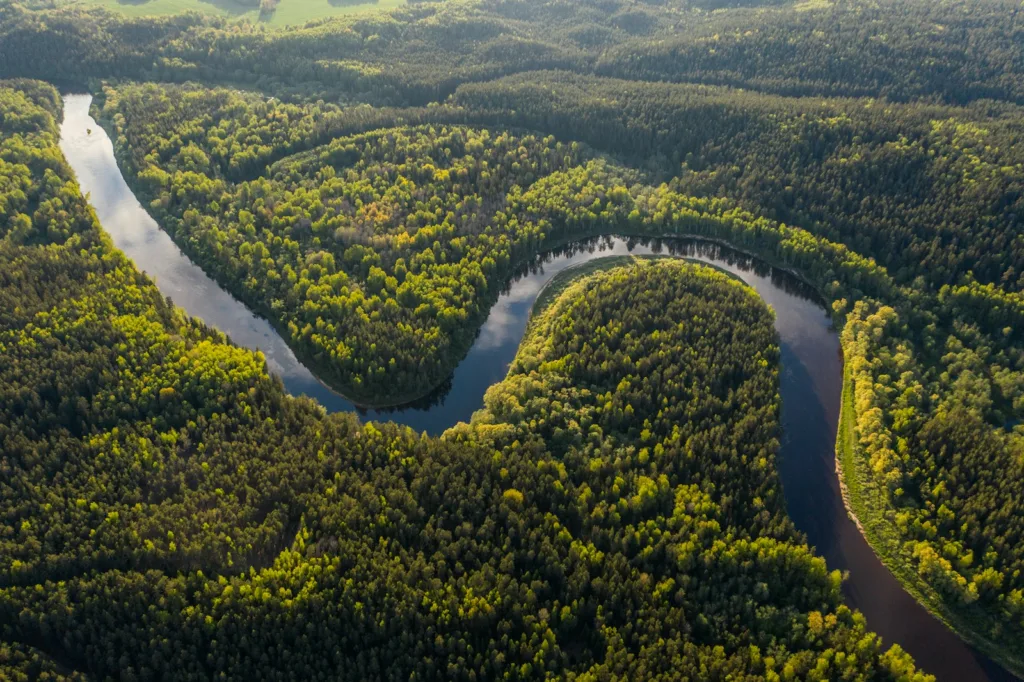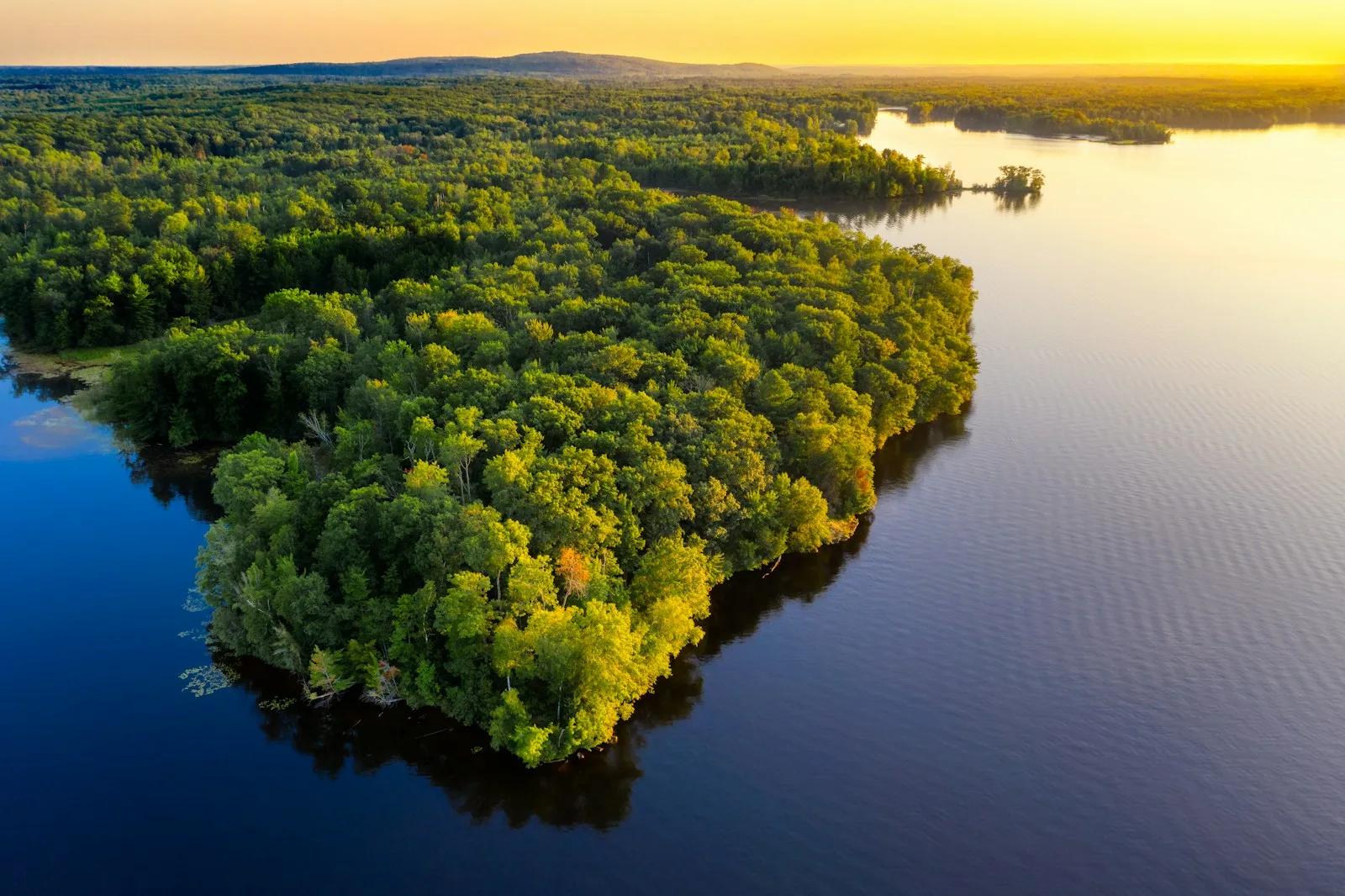Table of Contents
Archaeologists Found An Amazing Cluster of Long-Lost Civilizations
About 3 million species call the moist tropical canopy of the Amazon home, making it one of the planet’s most biodiverse locations. However, we believed that the Amazon never supported the vast ancient civilizations found elsewhere in the Americas due to its dense forest and generally harsh terrain.
In eastern Ecuador’s Upano Valley, in the Andes foothills, scientists have discovered the remnants of an ancient city thanks to new research from the French National Center for Scientific Research. The researchers used light detection and ranging (LIDAR) technology to map 115 square miles and discovered evidence of a 2,500-year-old settlement known as Sangay. At one stage, the community may have supported a population of 10,000 or possibly 100,000 people.

“It affects the way we understand Amazonian cultures,” study co-author Antoine Dorison told the BBC. “Most people picture small groups, probably naked, living in huts and clearing land—this shows ancient people lived in complicated urban societies.’
Whatever people colonized this area, they presumably thrived from roughly 500 BCE to somewhere between 300 and 600 CE. While the LIDAR scans—which are made possible by the technology’s exceptional capacity to see through the dense forest canopy—display a variety of platforms, plazas, ordered streets, and drainage systems, one of the most remarkable features is a sophisticated road network spanning almost 6 miles.

Similar to how the Maya in Mexico and Guatemala organized their urban networks, it appears that this system connected several urban centers. It’s interesting to note that the roads are almost all straight and have right angles, demonstrating a level of building competence that would be challenging given the Amazon’s environment.
- 90 percent of the history of the Amazon is said to have been lost to the jungle itself. A recent find has revealed a tiny but significant portion of that past.
- Archaeologists discovered a settlement in eastern Ecuador with LIDAR technology that rivals the intricacy of prehistoric cultures in Mexico and Central America.
- The civilization thrived from 500 BCE to approximately 300–600 CE, yet nothing is known about the inhabitants. At its peak, its population may have approached 100,000.
Archaeologists already have a good idea of the nutrition of the inhabitants of these ancient towns, despite the fact that we don’t know much about them—at least not yet. LIDAR found evidence of drained fields where this ancient civilization probably farmed crops like maize, beans, sweet potatoes, and cassava in addition to this antiquated infrastructure. They most likely also relished a “chicha,” a type of sweet beer, following a demanding workday.

Hopefully, future trips will investigate this area more thoroughly to see what these little-known folks left behind.
In terms of human settlement in the Amazon, archaeologists are mostly left scratching their heads and wondering what exactly is there. Approximately 90% of Amazon’s history is thought to be unexplored. However, new technologies are shedding light on this distant history and making us reevaluate our understanding of this breathtakingly wild location.
According to the report, “Such a discovery is another vivid example of the underestimation of Amazonia’s double heritage: environmental but also cultural, and therefore Indigenous.” “We think it’s imperative to completely rethink our assumptions about the Amazonian world.”
read also : When the math historian discovered decimals in a 1440s treatise & freaked out.
Archaeologists Found a Mind-Blowing Cluster of Ancient Lost Civilizations (msn.com)
Archaeologists Archaeologists Archaeologists
According to the report, “Such a discovery is another vivid example of the underestimation of Amazonia’s double heritage: environmental but also cultural, and therefore Indigenous.” “We think it’s imperative to completely rethink our assumptions about the Amazonian world.”
According to the report, “Such a discovery is another vivid example of the underestimation of Amazonia’s double heritage: environmental but also cultural, and therefore Indigenous.” “We think it’s imperative to completely rethink our assumptions about the Amazonian world.”


1 thought on “Discovered by Archaeologists: An Amazing Cluster of Long-Lost Civilizations”